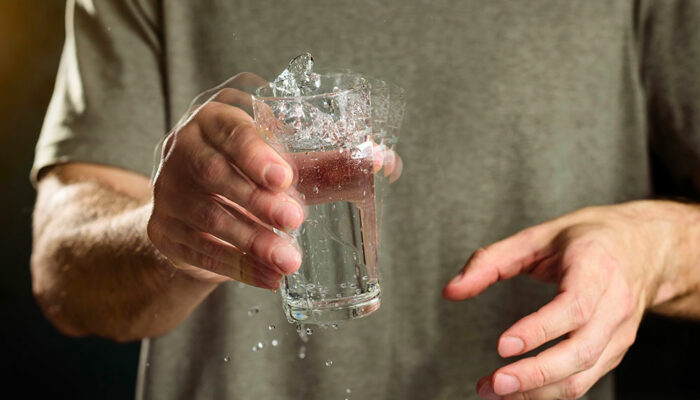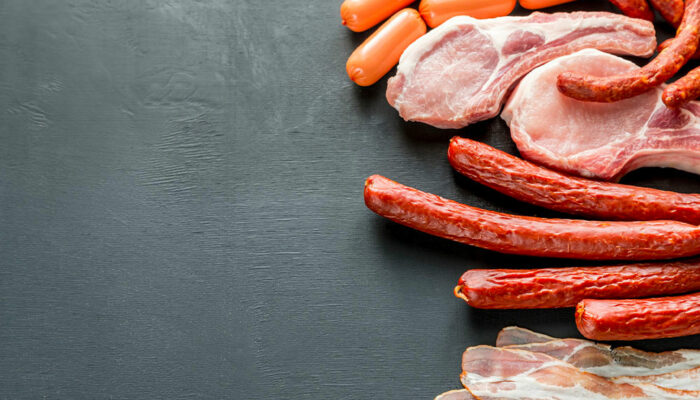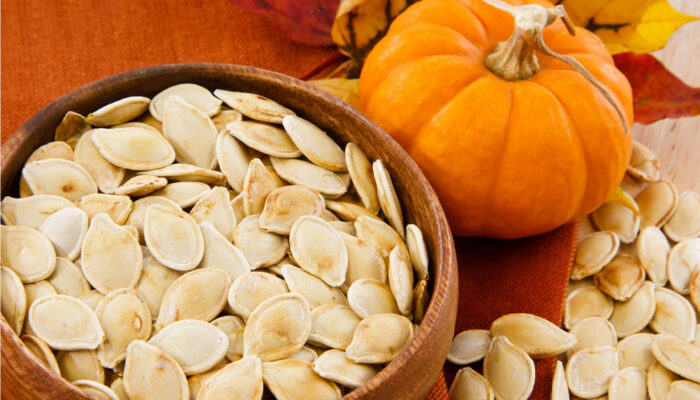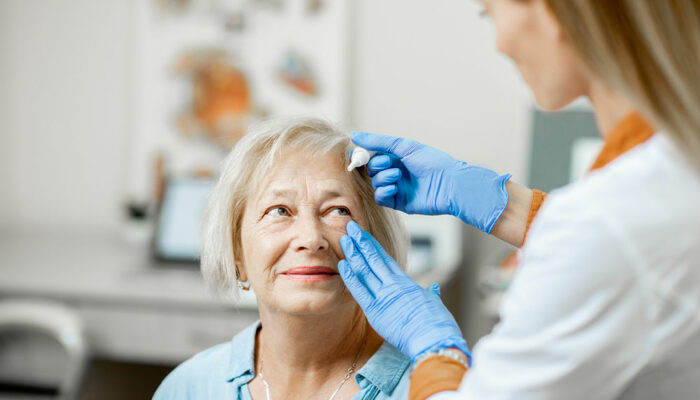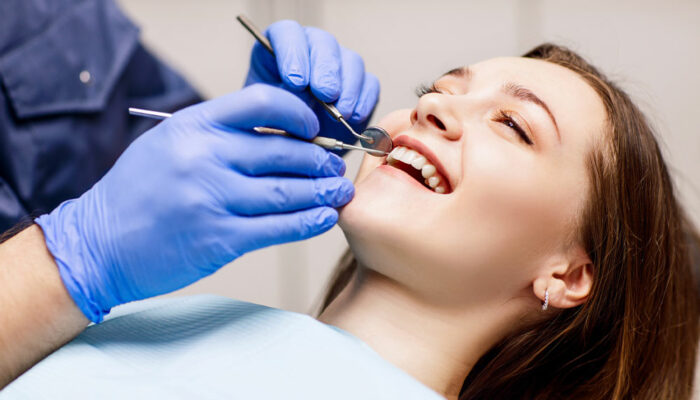
Health
5 alarming side effects of insufficient water intake
Accounting for more than 60% of the human body, water is integral for survival. Hydration facilitates digestive functions, helps maintain temperature, and ensures proper circulation. Health experts and nutritionists advise adults to drink 6-8 glasses of water daily to ensure optimum health. Insufficient water intake can lead to several complications, such as dehydration, fatigue, dizziness, and more. Keep reading to learn more about the side effects of not drinking enough water. Dehydration The first noticeable side effect of poor drinking habits is dehydration. As the term suggests, this is a condition in which the body lacks enough water and cannot function properly. It can lead to symptoms like dizziness, headaches, dark yellow urine, thirst, and dry mouth. Some severe symptoms include feeling lightheaded or confused. If left untreated, dehydration can lead to life-threatening complications like kidney failure, seizures, and other severe conditions. Skin changes Dry and flaky skin are common symptoms of insufficient water intake. Drinking enough glasses of water during the day is important to keep the skin naturally hydrated and moisturized from within. Many nutritionists also recommend eating hydrating fruits and vegetables like watermelon, cucumber, and similar foods, which helps keep the skin’s elasticity intact, making it appear youthful.
Read More 
